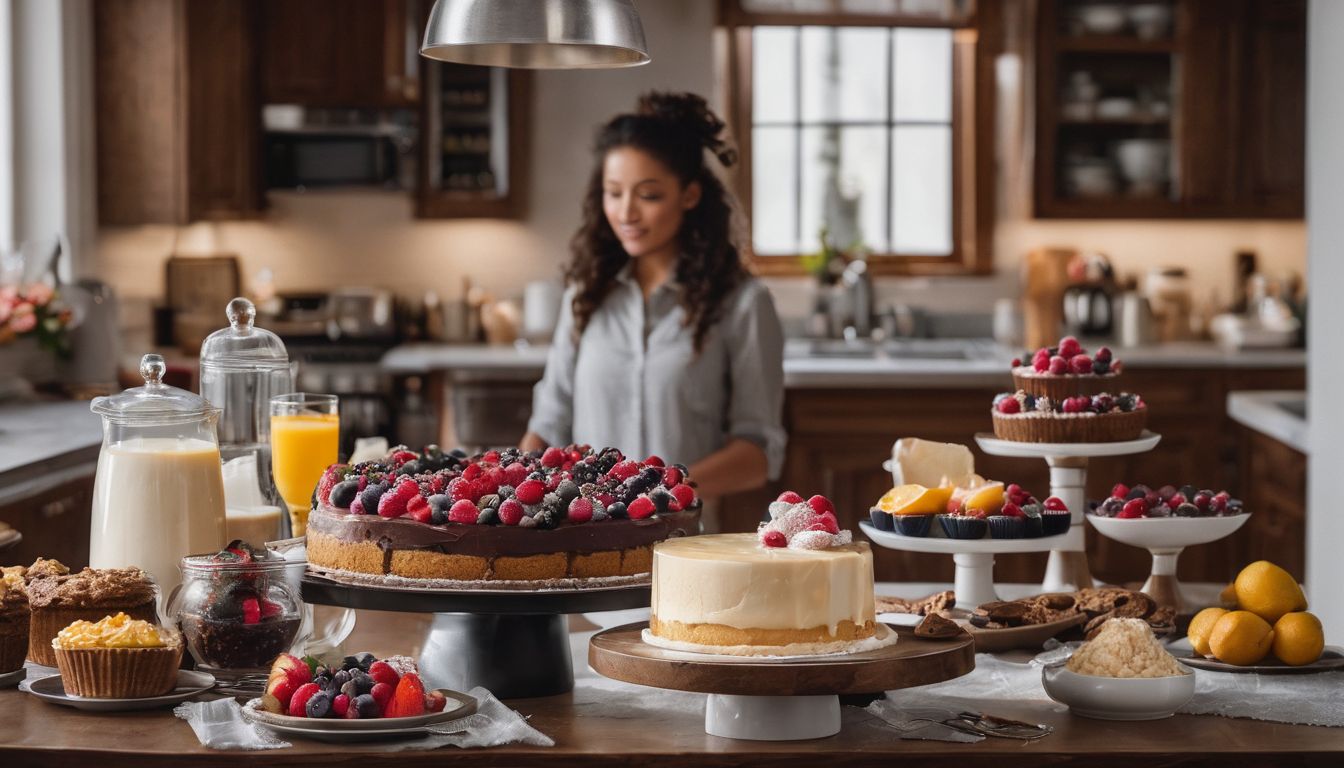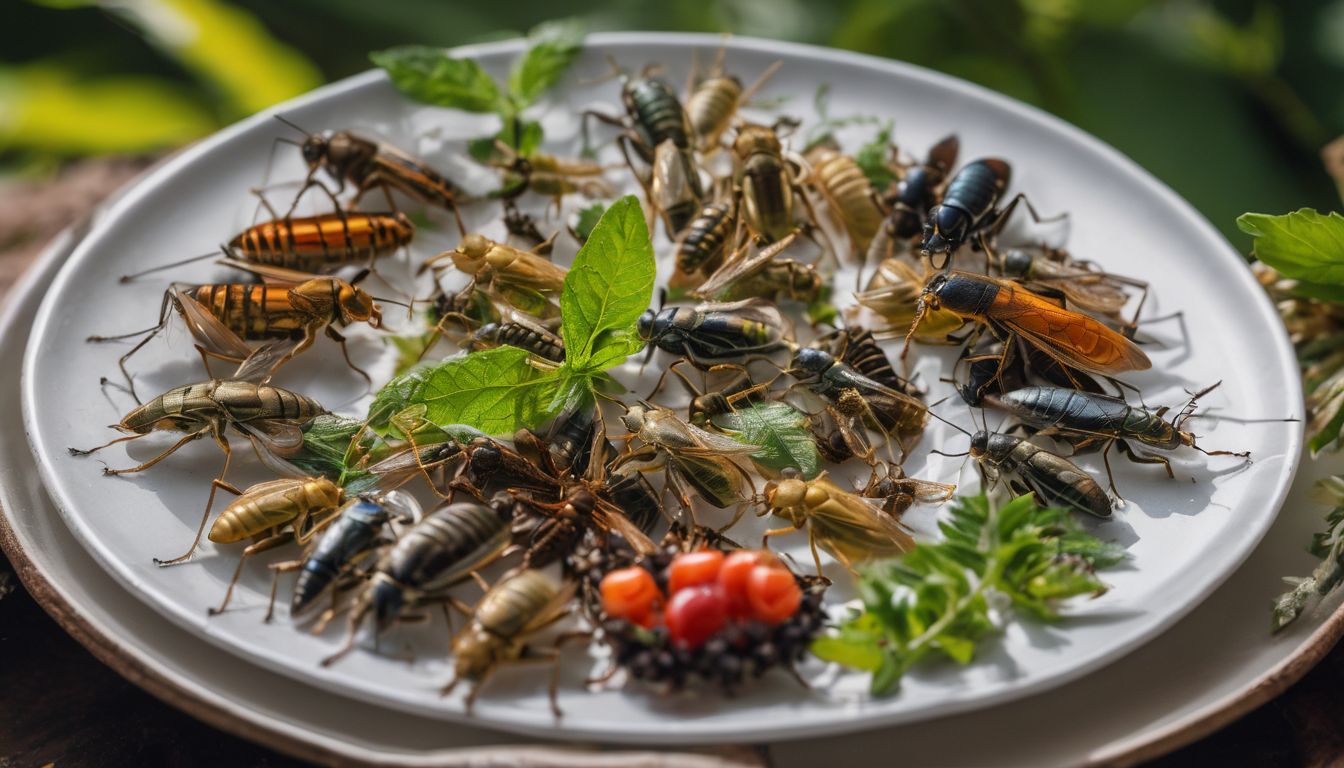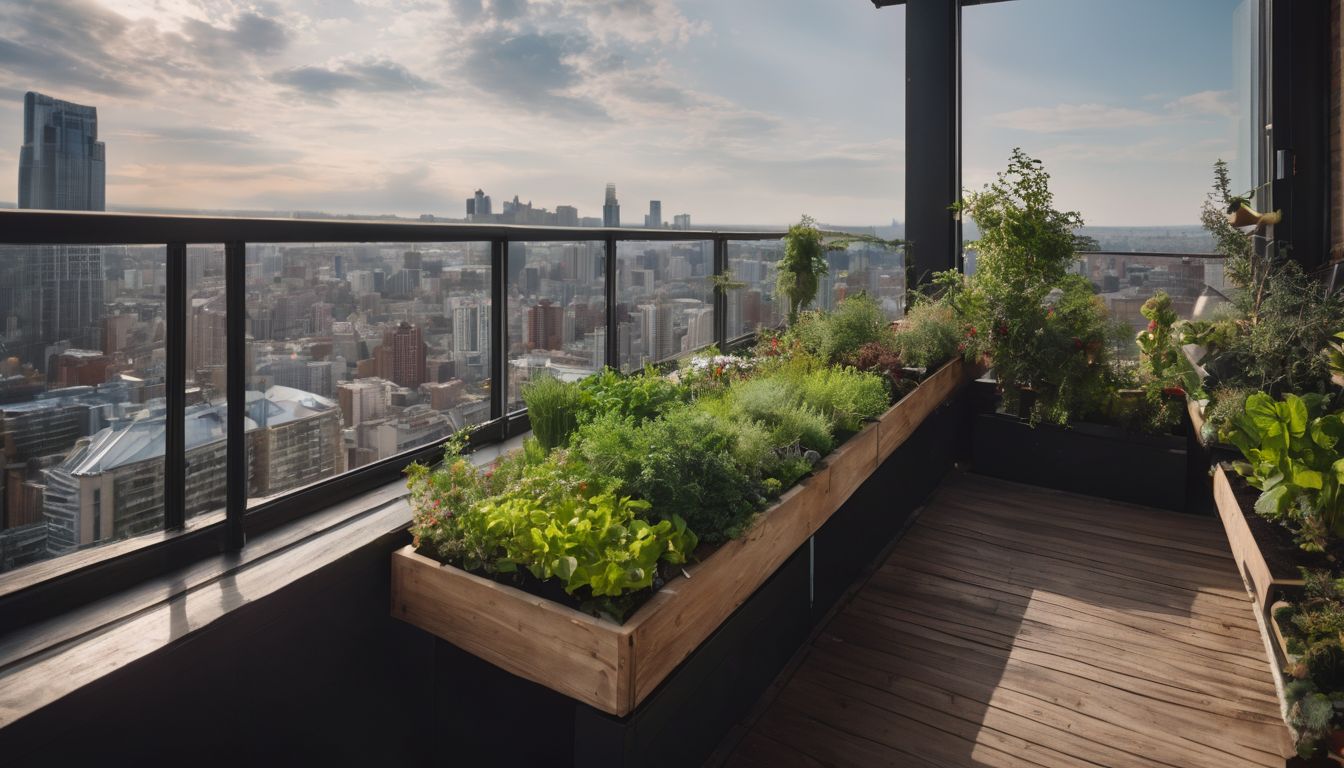Alison Mooradian Most of us eat salads with the best of health-minded intentions. Unfortunately, many of us may be counteracting the health benefits of salad with the salad dressings that we choose. Like with many food items, the store-bought version cannot always be trusted to be the best choice for your health. Let’s take a look at DIY salad dressing!
BENEFITS FOR YOUR HEALTH:
Store-bought salad dressings are often high in unhealthy fats (such as trans fats), preservatives, and artificial flavorings. Companies use low quality, inexpensive ingredients to maximize profit and extend the salad dressing’s shelf life. In addition to these ingredients, ingredients to look out for in store-bought brands include white sugar, which imbalances blood sugar levels and causes weight gain, and the type of oil that the company uses. Many companies use low quality oil, such as canola, corn, sunflower, or soy, which under certain light and pressure conditions can go rancid and raise cholesterol.1 Also keep an eye out for titanium dioxide, which is a chemical used in the paint industry to make paints appear brighter. In the salad dressing industry, this chemical is used to make the product seem fresher. Titanium dioxide is sometimes contaminated with lead. However, it can be listed as an added color instead of its actual name, so be wary.2
By making your own salad dressing at home, you can have the peace of mind of knowing exactly what it is made out of. Many homemade salad dressings follow a simple formula: a base, an acid, and a thickening agent. Oil is typically the base of a salad dressing, adding smoothness to the final product. Good quality oil, such as extra virgin olive oil, avocado oil, or hemp seed oil, contains healthy fats that the body needs but cannot make on its own. These fats lower cholesterol, speed up metabolism, and support the immune system.3
Vinegar is typically the acid in a salad dressing. Vinegar improves digestion and provides important nutrients and minerals. Healthy vinegar options include apple cider vinegar, fresh lemon or lime juice, balsamic vinegar, and coconut vinegar.4 Lastly, the thickening agent helps hold all the ingredients together. By making your own dressing, you ensure that you’re not unknowingly eating cheap filler. Healthy options for thickeners include Dijon mustard, tahini, avocado, ground chia seeds or flax seeds, honey, and maple syrup.5
BENEFITS FOR THE ENVIRONMENT: Making your own salad dressing, in which you can reuse the same glass bottles over and over, also cuts down on the landfill-bound waste you produce.
BENEFITS FOR ANIMALS:
By not buying store salad dressing that comes in a new bottle (glass or plastic) each time, you help cut down the amount of packaging waste that will end up in landfills or possibly the animals’ habitats. Some animals try to eat packaging that makes its way into their habitats—animals have suffocated, choked, and been cut from attempting to eat discarded packaging.6
Balsamic Vinaigrette 7
Cost: Low
You most likely already have these ingredients in your kitchen. If you don’t, the cost will be a little steep at first but these ingredients do not go bad, so you will be able to use them for a long time and for many purposes other than salad dressing. The recipe below yields about two cups of salad dressing, the same size as most dressings you will buy at the store. Generally the serving size on those are 2 tablespoons, so you can use this as a ballpark when preparing your own salads. I love making this recipe at home, but also know that you can always tweak ingredients to your liking and maybe even just for fun!
Time and Effort: Low
Ingredients:
- 1 ½ cup extra virgin olive oil
- ½ cup balsamic vinegar
- Salt ( you can use flavored salts, sea salts, or just regular salt, and I suggest starting with a teaspoon and seeing if you need to add more)
- Fresh-ground black pepper (again, start with a teaspoon and add more as needed)
- Extras: spoonful of honey, spoonful of mustard, minced shallots, garlic, or herbs of your choosing
Additional Materials Needed:
- Measuring cups
- Glass bottle with a tight-fitting lid—Ball jars are great for this. Make sure it’s on tight before you shake it up!
Instructions:
- Combine the olive oil and balsamic vinegar into your glass jar.
- Add salt, pepper, and any extras.
- Screw on the lid and shake well.
- Dip a slice of tomato, cucumber, carrot, or just a piece of lettuce into the dressing to taste and adjust accordingly.
I suggest refrigerating your dressing but if you prefer not to, as long as you did not add any fresh ingredients then the dressing will be fine if stored room temperature for several weeks. Re-shake before each use.
Once you have conquered the more simple balsamic vinaigrette, you can find many recipes on the internet and in cookbooks for all of the dressings you will find on your store shelves. One that I like I particular is for Italian dressing, which you can find here. Enjoy your homemade dressings!




